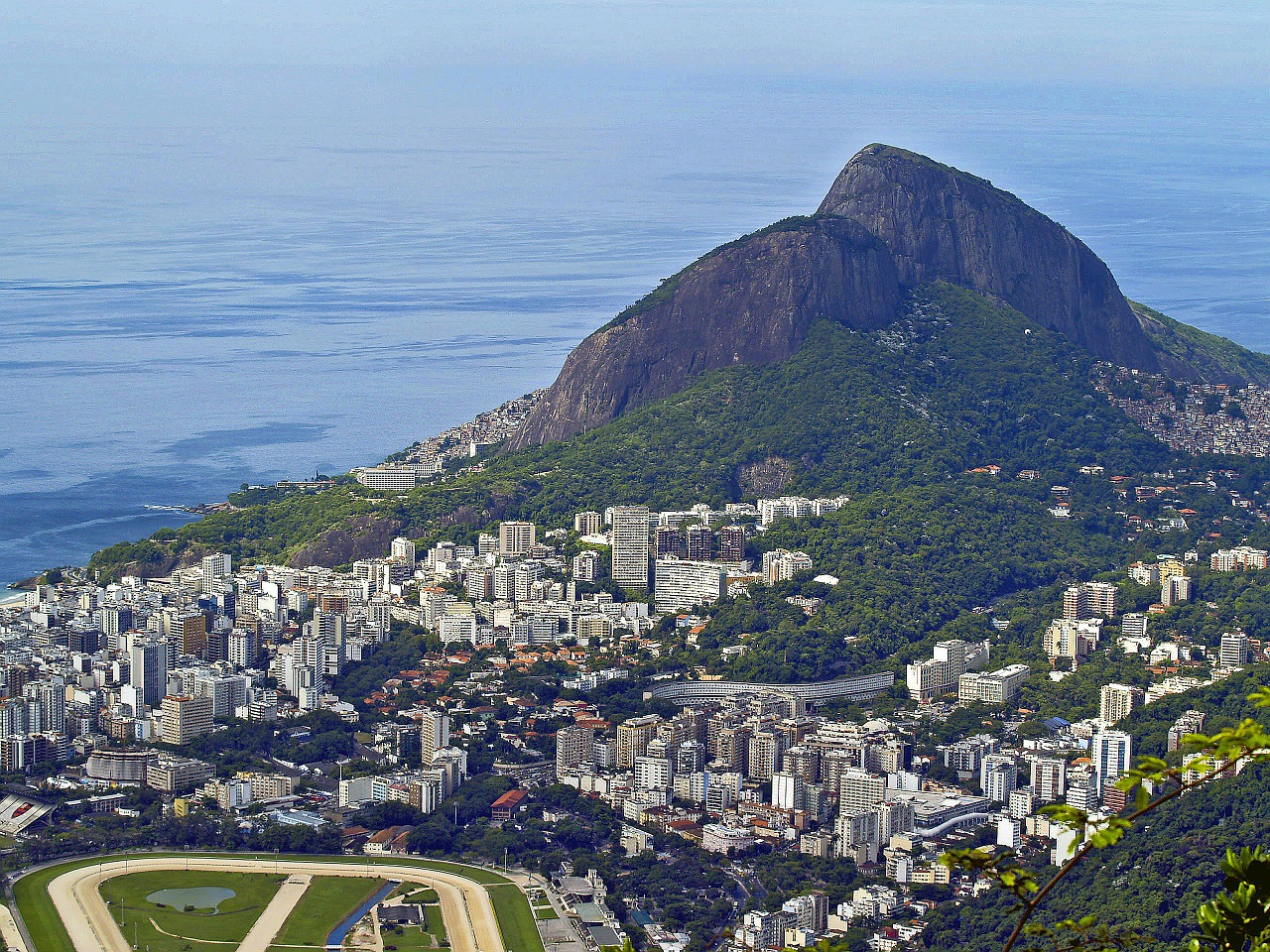Did you know that Rio de Janeiro is translated as January River because it was first discovered in the month of January? But let’s take things from the beginning with some historic facts about this famous city visited yearly by millions of tourists from all over the world.
Gaspar de Lemos, a Portuguese explorer was the first one to come across Guanabara Bay on January 01, 1502, and gave the name to this land, Rio de Janeiro, the Portuguese for January River. This land was inhabited at that time by native Indians who were immediately drawn into trading goods with the newcomers.
The main source of trading was represented by a local wood known as pau-brasil of a deep red color that was further used as material for dying. When the French started to show interest in this land, in 1555, it was during that year when the Portuguese wanted to exert their authority, although until that time they didn’t pay too much attention to the newfound land.
It was in 1566 when Portugal gained full control over the land due to the efforts of Estacio de Se who managed to chase the French away and thus Rio de Janeiro was officially founded. But the French didn’t want to admit easyly any defeat and up to the 18th century they have constantly attempted to invade the region along with other pirates and buccaneers.
Step by step, Rio de Janeiro began to grow especially due to the sugarcane plantations that were harvested by African and Indian slaves. This material was used to make a famous beverage known as cachaça, a liquor where sugarcane juice was fermented, becoming as such the most popular distilled alcoholic beverage not only in Rio de Janeiro but also in Brazil.
Another material that contributed to the growth of this city and country was gold. It was primarily found in Minas Gerais, a neighborhood state, resulting as such in considerable growth of the city by the end of the 17th century. In 1763, Rio de Janeiro became officially the capital of the Vice-Kingdom of Brazil with around 50,000 inhabitants thriving in the city.
The Valley of the Paraiba River was soon to become the area to grow coffee plantations, another reason to make the city famous. In 1889, after many trials of obtaining independence, Brazil was finally liberated from imperial rule and established its capital in Rio de Janeiro. Although this one was eventually replaced by Brasilia, this city remains the richest city in Brazil with long history and culture.

